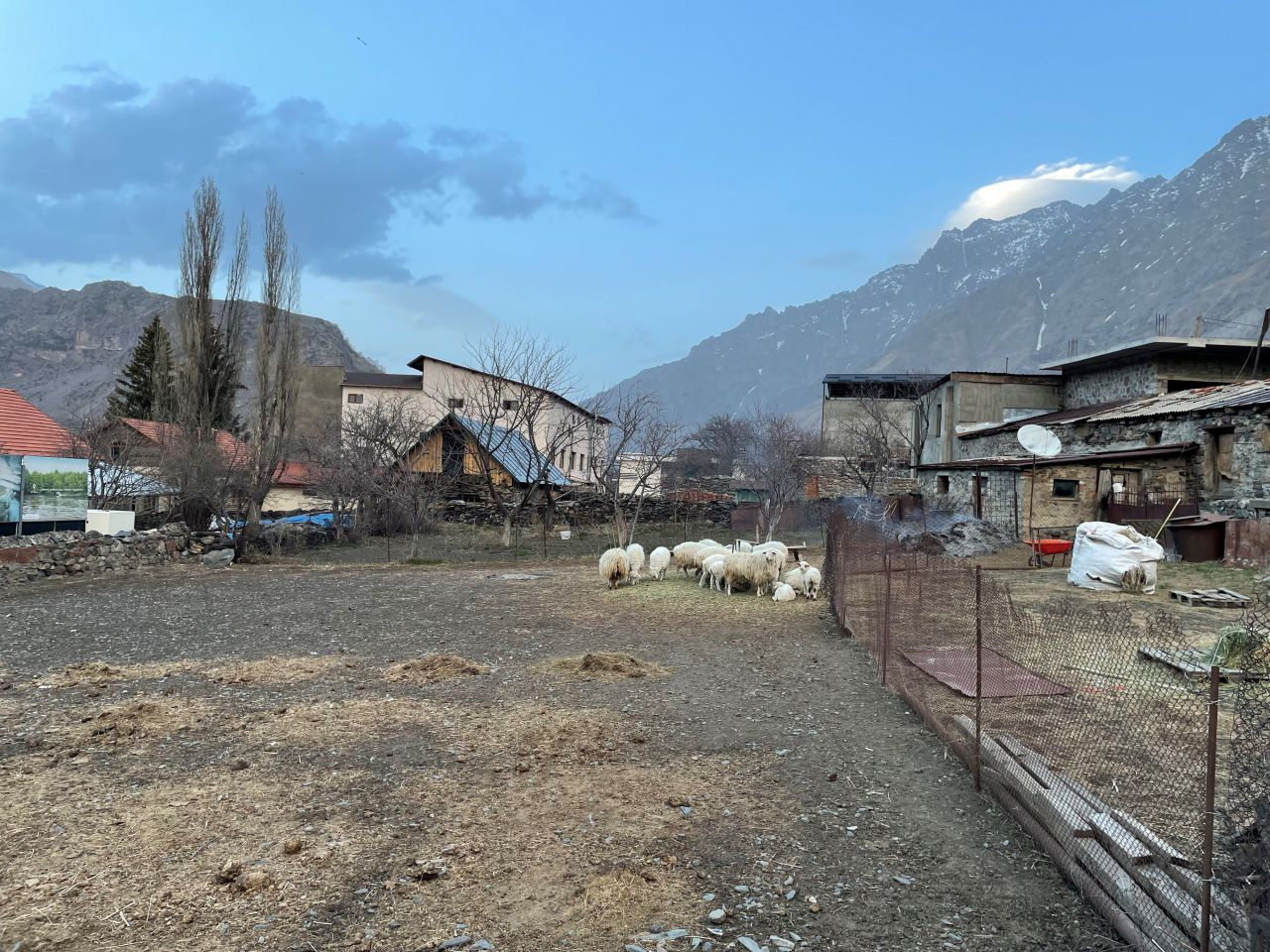Livestock and Wolves together - no longer possible today?
Written by Gilles Aebischer & Valentin Rist, students of the University of Zurich
Currently there are about 150 wolves roaming Switzerland. An analysis of the foundation Kora shows that the wolf population could increase to up to 350 by the year 2025 (Brandenberger 2022). However, it is not only the wolf packs that are increasingly spreading in Switzerland, but also human resistance to these wild animals. One of the reasons for those votes against the wolves are the high numbers of teared livestock. Alone in this year there were just under 1000 killed animals by the wolves in the cantons of Grisons, Glarus and Valais (SRF 2022). This leads to recent and intense discussion regarding the human-wolf conflict between conservationists of the wilderness and protectors of the livestock. Not only mountains regions are affected by those discussions, but there's also a rift in the whole population of Switzerland. Can there be observed a similar conflict and development regarding the human-wolf relationship in Georgia?
It is believed that the name of Georgia originates from the Persian word "gorg", which translates to "land of the wolves" (Georgian Journal 2019) and illustrates that the wolves has accompanied humans throughout their whole lives. But despite this long history of conflict, due to similar food sources and livestock breeding, there's only few literature about the recent human-wolf situation in Asia and the Caucasus region (Ambarli Hüseyin 2019: 1). Still today, Georgia can be called the "land of wolves" due to their current wolf population. According to a report from 2010, between 1000 and 2000 wolves live in Georgia (International Wolf Center 2020). With this amount of wolves in a country not much bigger than Switzerland, it would not be surprising if incidents between wolves and humans also occur. In fact, complaints about livestock being killed and even attacks on humans have increased rapidly in the last decade (Kikvidze & Tevzadze 2014: 452). It started around 2003, when more and more problems with the wolf began to occur in Georgia. This year also marked the decisive change after the economic crisis. Before this switch, the focus of the primary sector was placed on the export of goods like tea in the Lanchkhuti area or greenhouse vegetables in Kazbegi District. However, after 2003, more people switched to livestock farming, and with that, livestock numbers increased, as did herd sizes. Unlike the villagers who kept to traditional livestock husbandry, those new farmers did not keep any shepherd dogs or bulls to protect their cattle, because they were considered useless. Due to this insufficient protection management for livestock, only farmers who converted to livestock husbandry after the economic crisis recorded an increase in wolf damage compared to traditional farmers who reported no increase at all (Kikvidze & Tevzadze 2014: 455).
The Georgian study by Kikvidze & Tevzadze shows that the loss of traditional herd protection and insufficient knowledge about the habits and behaviour of large carnivores have led to more wolf damage to livestock and thus to a more negative attitude of people towards these wild animals (Kikvidze & Tevzadze 2014: 455). Further research should be made whether this view can also be transferred to Switzerland and thus give the wolf more space in nature as well as in our minds.
Bibliography:
Ambarli, Hüseyin (2019): Analysis of wolf–human conflicts: implications for damage mitigation measures. In: European Journal of Wildlife Research, Vol. 65 (81), 1-9.
Brandenberger, Jürg, (Schweizer Radio und Fernsehen) (2022): Steigende Wolfspopulation. 350 Wölfe in der Schweiz bis 2025.<https://www.srf.ch/news/schweiz/steigende-wolfspopulation-350-woelfe-in-der-schweiz-bis-2025> (Stand: 21.09.2022) (Zugriff:15.11.2022).
Georgian Journal (2019): Why is Georgia Land of The Wolves? <https://georgianjournal.ge/discover-georgia/35651-why-is-georgia-land-of-the-wolves.html> (Stand: 14.03.2019) (Zugriff: 16.11.2022).
International Wolf Center (2020): Georgia at a glance. <https://wolf.org/wow/asia/georgia/> (Stand: 2020) (Zugriff: 16.11.2022).
Kikvidze, Z. & Tevzadze, G. (2015): Loss of traditional knowledge aggravates wolf–human conflict in Georgia (Caucasus) in the wake of socio-economic change. In: Ambio, Vol. 44, 452–457.
SRF (Schweizer Radio und Fernsehen) (2022): Wölfe reissen viele Nutztiere. Glarner Bauern: «2022 darf sich nicht wiederholen». <https://www.srf.ch/news/schweiz/woelfe-reissen-viele-nutztiere-glarner-bauern-2022-darf-sich-nicht-wiederholen> (Stand: 24.10.2022) (Zugriff: 15.11.2022).
Related Posts
Comments
By accepting you will be accessing a service provided by a third-party external to https://www.mountainapp.net/
This website uses no external trackers, no analytics, just session cookies and values your online privacy.



